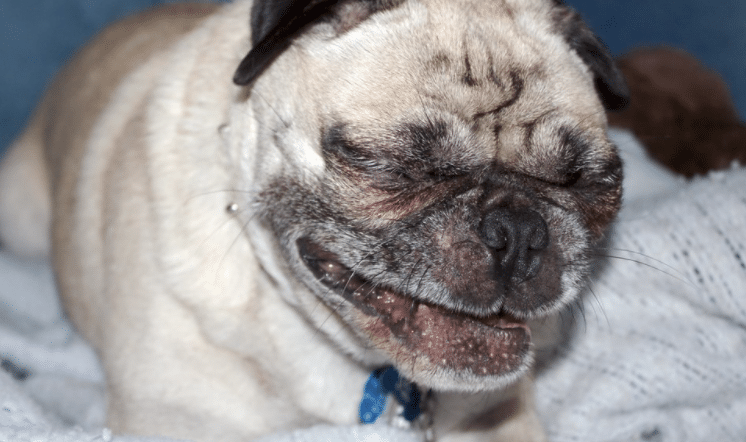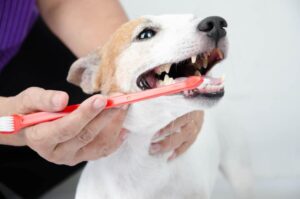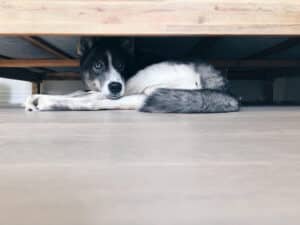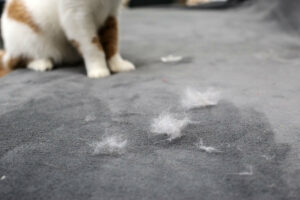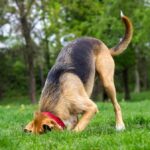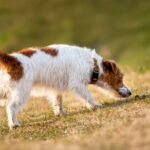You have to admit when a dog sneezes it’s a pretty cute sight. You just can’t help but feel your heart melt when they get that tickle in their nose and you’re practically smiling when you tell them, “bless you!” I was actually having a sad day one time at my favorite coffee shop when my mood was reversed for the better when a little Pomeranian walked in and promptly had a sneezing fit – watching a tiny dog sneeze three times in a row elevated my mood in a way that a salted caramel hot chocolate just could not. While dog sneezes are some of the cutest sounds in the world, there is one dog behavior that can be downright disturbing to witness if you don’t know what is going on. And that’s the reverse sneeze.
A reverse sneeze is something that dogs will sometimes do and it definitely alarms you when you first see your dog do it. However, it’s a completely normal occurrence and sometimes will happen frequently. Unlike a regular sneeze in which your dog pushes air out through their nose, a reverse sneeze is the opposite. This phenomenon is known as “mechanosensitive aspiration reflex,” and it is when your dog inhales air rapidly through their nose, resulting in a rather cacophonous breathing effect.
During a reverse sneeze, your dog may standstill with their head lowered or extended, while making very rapid aspiration sounds. It’s almost like a rapid-fire snort and many dog owners mistake a reverse sneeze for something more sinister like your dog is choking or suffocating. These reverse sneezes will only last a few seconds or up to a minute or two at the very most. And afterward, your dog acts completely normal.
While it definitely looks like your dog is experiencing some kind of horrible episode, it’s completely normal and not harmful to your dog. They generally aren’t life-threatening, but if you notice that your dog is having excessive reverse sneezing episodes then you could be looking at the possibility of an underlying health issue. These underlying issues could be anything from nasal mite to nasal cancer, so it’s a good idea to take your dog to the vet if you begin noticing a major increase in reverse sneezes, especially if they’re accompanied by other alarming signs like nasal discharge, a bloody nose, difficulty breathing, sneezing, decreased appetite, lethargy, or a deformity in your dog’s nasal area.
If you’re still not sure where the reverse sneeze sounds like, check out the video below:
